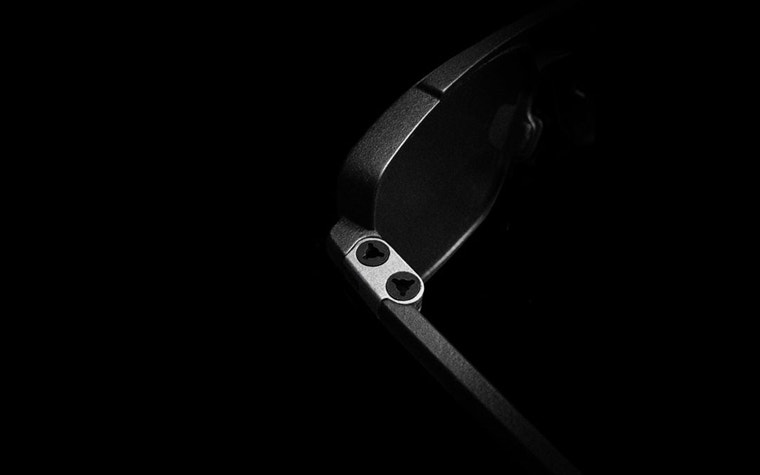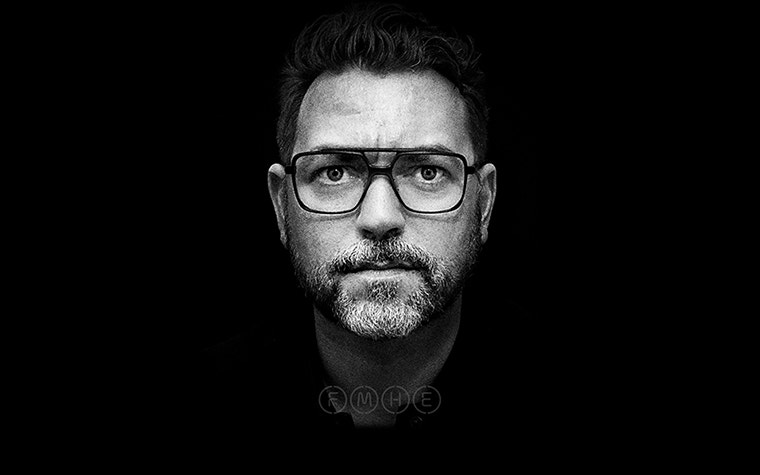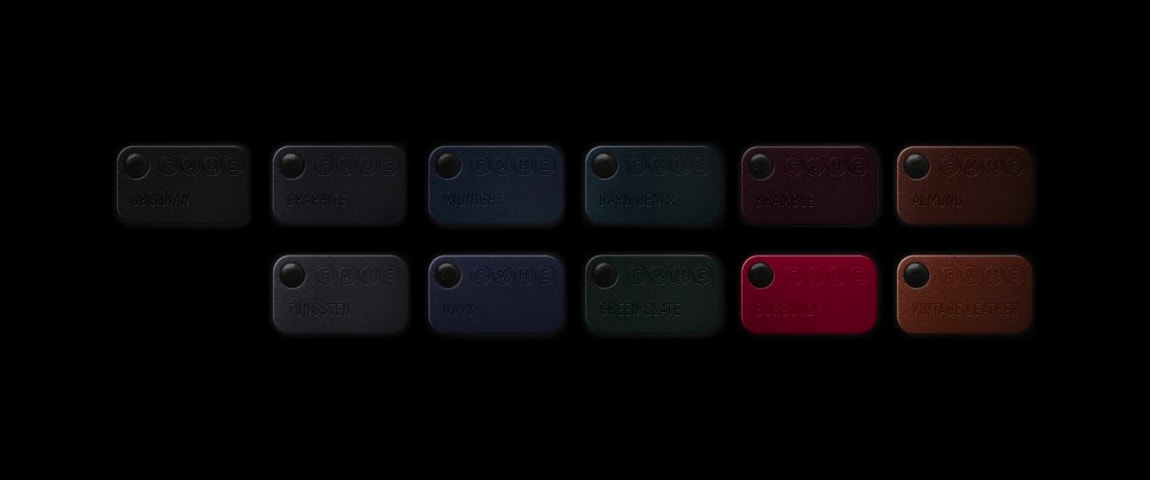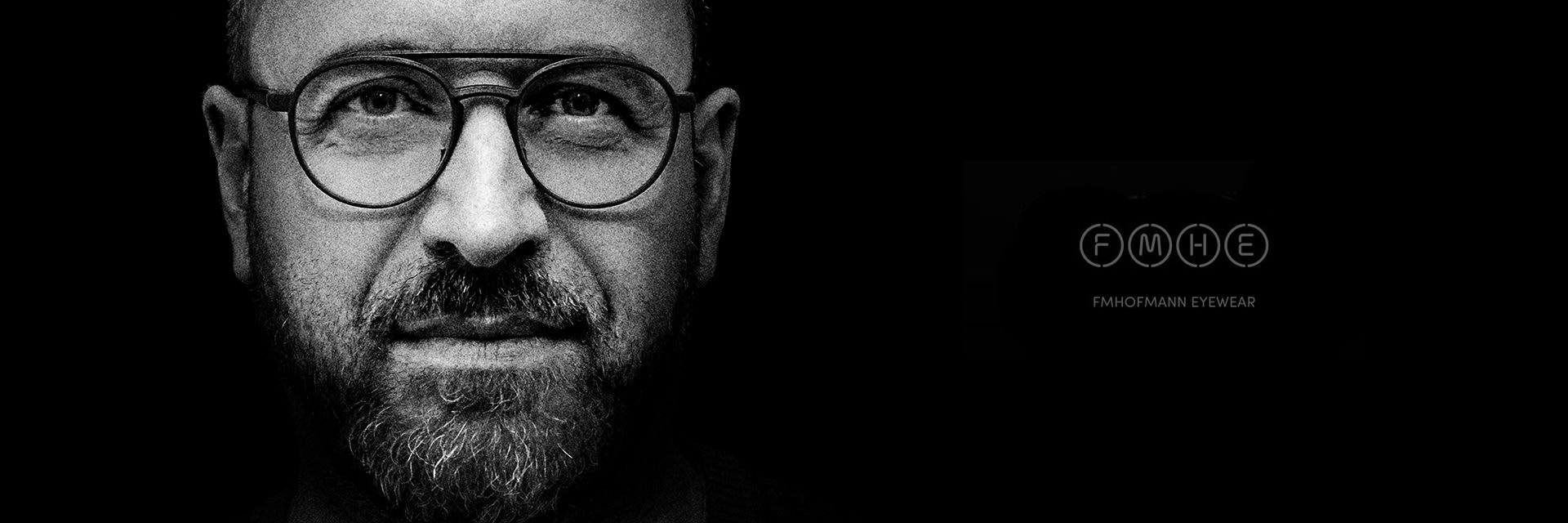CASE STUDY
Fmhofmann Powers Eyewear Creativity with 3D Printing

Inspired by the design freedom that 3D printing presents and armed with a creative concept unlike any other, leading designer Fabián Hofmann presented Materialise with a challenge. To partner with him in creating the industry’s first eyewear range with complex moving parts created entirely from additive technologies. With a reimagined titanium ‘VOID’ hinge, a lightweight open core frame design, and an entirely new surface finish, ‘Cosmos’ was born.
Inspired by the complex interplay of light and shadow found in the universe and with different models named after nebulae and constellations like Lacerta, Cassiopeia, and Orion, fmhofmann’s Cosmos eyewear range is unlike any the industry has seen before. And not just in terms of its appearance. The scientific, future-focused theme so integral to the range’s signature look is matched by the leading-edge techniques used to create it.
Every single element of the Cosmos range is 3D printed, from the polyamide temples and frames to the connecting titanium hinge, its tiny locating screws, and the custom tools used to remove and replace them. Fabián Hofmann’s detailed engineering knowledge, coupled with Materialise’s 3D printing expertise and manufacturing capabilities, helped fully exploit the potential of 3D printing to make the range a reality.
Featuring unique shapes, curves, and angles, optimized weight, exclusive colors, and a luxurious leather-like surface finish, Cosmos showcases what can be achieved with innovative design, the right partnership, and such a flexible manufacturing solution.


Eyeing up the opportunity 3D printing presents
With over 20 years of design experience in everything from luxury goods to retail architecture, Fabián Hofmann first experimented with 3D printing in the late 1990s to prototype ceramic tableware. Though excited by the possibilities 3D printing offered, the designer became disenchanted by the capabilities and processes available at the time, prompting a long pause in his love affair with all things 3D. Some 20+ years later, it was a different field of design interest — eyewear — that pressed ‘play’ on this passion once more.
“Additive manufacturing’s (AM) sustainability had always appealed to me, as so much material is wasted in subtractive technologies like milling. A good engineer can reduce material use by maybe 50%,” explains Hofmann.
“So I had always intended to return to 3D printing as a manufacturing method. Now with eyewear as my focus, I had a fantastic opportunity to look at how techniques and technologies had evolved. To find out if the frustrations I had faced many years ago were now a thing of the past, particularly in terms of design optimization. For me, there is no point in using a particular production method unless it can become part of the design DNA. It was around this time that I first began speaking with Materialise who already had a strong reputation in this field.”
A few years later — having field-tested feasibility through some initial projects, he set up his own eyewear brand (fmhofmann) with business partner Coerte Voorhees and attended several 3D printing events, including the Materialise World Summit 2017 — Hofmann was ready to take things further. He met with 3D printing specialists Materialise and presented his plans for Cosmos, what would become the industry’s 3D-printed eyewear range with complex moving parts created entirely from additive technologies.

Turning design vision into luxurious reality
“I always like to combine at least two different materials in my designs, and the connecting element—usually made of titanium — has become a key characteristic, a brand signature,” says Hofmann. “Getting this right was essential.”
And not just in terms of signature appearance. A reimagined titanium hinge mechanism was required that would allow the frames to be adjusted to suit the wearer’s facial measurements and also connect the richly colored polyamide parts of the front and temple arms in a unique, modular fashion — enabling wearers to easily interchange components and add accessories such as visors, windbreaks, and shades.
“I knew what I wanted and that it would be possible using 3D printing,” continues Hofmann. “It was just a case of making it happen. But Coerte and I didn’t want to be passive in that process, so we became a team with Materialise, both sides bringing the necessary expertise to the table to make something unique.”
Intense conversations, exhaustive test printing, and several rounds of prototyping saw Cosmos begin to take shape. “It was a real meeting of minds,” recalls Alireza Parandian, Head of Global Business Strategy for AM Wearables at Materialise. “Fabián has a strong engineering background and so wanted to be part of the manufacturing process right from the beginning.”


A partnership that pushed new boundaries
Every aspect of the design and its AM execution was checked and optimized, from wall thickness to support structures. The VOID hinge, for example — so-called because it connects and rotates around a seeming ‘black hole’ to offer the desired modularity — marries 3D-printed titanium to laser-sintered PA 12 (polyamide), materials with very different behaviors and tolerances.
Even for a company used to complying with stringent aerospace and medical quality standards, printing the miniature hinge parts to precisely fit both materials was challenging. “The metal parts especially were difficult to realize,” notes Parandian. “Support structure positioning and removal had to be exactly right to give the correct surface finish.”
The frame employs a sophisticated open core design, making it incredibly light and allowing manual adjustment for an optimal fit. The temple tips are also adjustable, with a built-in support that permits cold bending.
“3D processes let eyewear designers like me create shapes impossible with conventional methods.”
— Fabián Hofmann, fmhofmann eyewear
Cosmos also features several new and exclusive colors like green slate and the blue-black “dark denim,” while the intricate details, folds, and facets on the frames and arms create complex shadows that subtly vary the hue and warmth. “We also developed a new surface treatment with Materialise and hand polish to give a leathery, extremely luxurious finish,” explains Hofmann. “Together with an almost glossy appearance, it creates incredible depth.”
“Hand finishing is very much part of the value of this product,” adds Parandian. ”The polyamide is designed specifically to make the finishing look very different to any eyewear that I’ve ever seen. Because Fabian understands the technology so well, he knows how to achieve appearance and curvatures that no one has produced before.”

3D printing: the way forward for independent eyewear designers
The Cosmos collection, inspired by the minimalist design of the 50s and 60s but with a futuristic twist, officially premiered at the SILMO eyewear show in Paris in September 2018. But Hofmann is already working on multiple new concepts, which he says will be revolutionary for both the eyewear and the 3D printing industry. Again, he will partner with Materialise to bring them to fruition.
For the German designer, pushing boundaries in this way is hugely important. “Look at the market today, and about 90% of 3D-printed eyewear should have been done differently. Why? Because it could have been done differently,” says Hofmann.
“3D processes let eyewear designers like me create shapes impossible with conventional methods. We can distribute load and torque to generate impressive, optimized, super-lightweight forms,” explains Hofmann. “Undercut designs are no problem, and we can mix materials and profiles without the shrinkage or buckling you see with conventional materials like acetate.
“When what you can do with 3D printing is so interesting, why would you then just replicate what can be done using other techniques? It’s not how I work, and it’s not how other independent designers work. For us, 3D has to be an integral part of the design language.
“Materialise also understands that. They take your idea seriously, work closely with you, and put in the resources to realize a specific vision. When people who know their craft work together in this way to test the limits of 3D technology, then you really start to show everyone what is possible. It’s incredibly exciting.”
Share on:
This case study in a few words
fmhofmann
Eyewear
Metal 3D printing
Seletive laser sintering
Titanium
PA 12
Design freedom
Finishing quality
